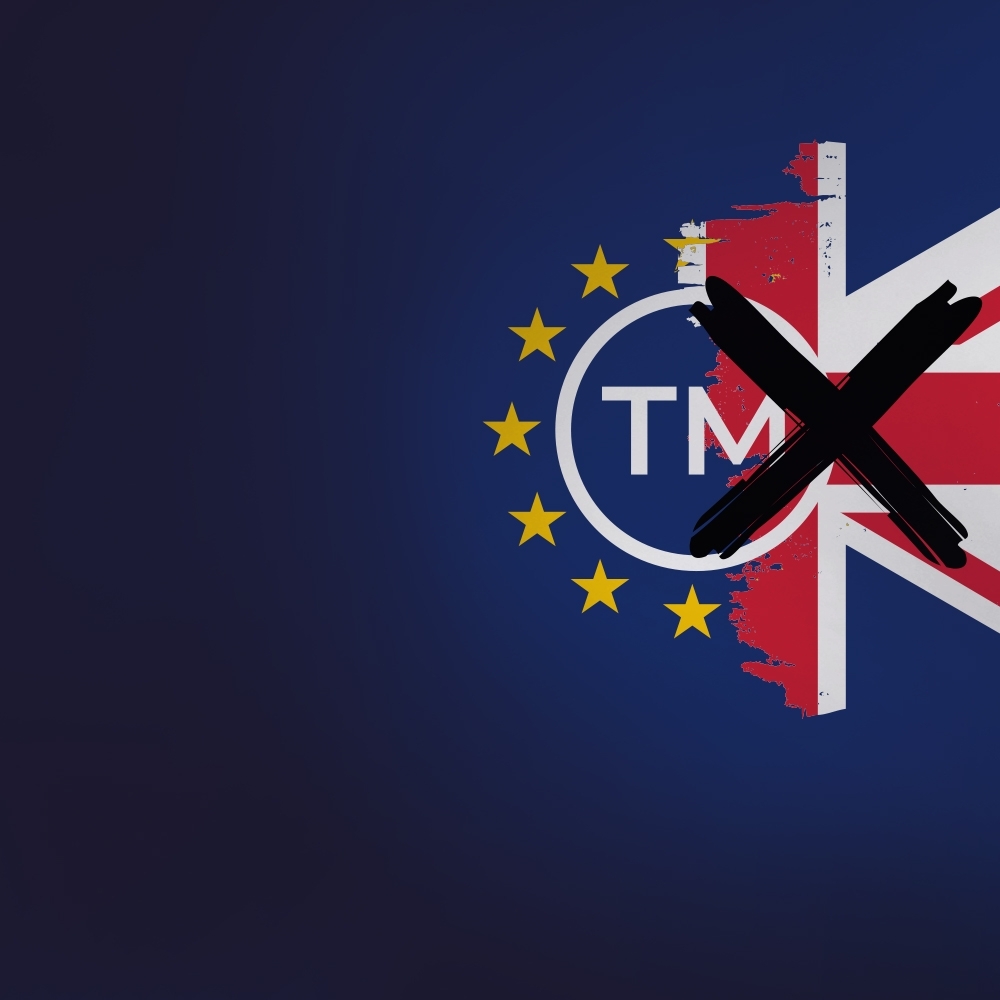06.02.2024
Unlock the secrets of the fashion world's legal runway with our latest article, featuring Keltie's collaboration with CITMA and UKFT.
Thank you
Welcome to the vibrant world where style meets legality – Intellectual Property (IP) for the UK fashion industry. The fashion industry contributes to the economy. According to the latest UKFT-commissioned report, the industry supported a £62 billion contribution to UK GDP, 1.3 million jobs, and raised more than £23 billion in tax revenues.
The UK Fashion & Textile Association (UKFT) is the largest network for fashion and textile companies in the UK. It was set up by and for the UK fashion and textile industry.
Keltie has worked with the organisation for over two decades, helping its members with IP related issues. Today, the industry faces competition and challenges from fast fashion, counterfeiting, and imitation. It has never been more important for brands and designers to understand intellectual property (IP) in the fashion industry.
Keltie has collaborated with the Chartered Institute of Trade Mark Attorneys (CITMA) and UKFT to produce a video for fashion businesses with tips on the foundations of IP for successful brand enforcement, especially online and on social media. . Founded in 1934, CITMA is a professional membership organisation. Its members, Chartered Trade Mark Attorneys, have high professional standards, qualifications achieved through education, training and examination and maintained by a code of conduct and continuing professional development requirements, so that CITMA qualified Trade Mark Attorneys are a safe pair of hands for fashion businesses looking for brand protection advice.
Here are the take-away points from the collaboration.
Trade marks, and IP in general. play a pivotal role in safeguarding creativity and innovation. As designers and brands create their unique identities in the ever-evolving fashion world, the protection of trade marks and IP are essential.
Manuela Macchi is a Partner at Keltie, a Chartered Trade Mark Attorney and a
UK Design Attorney. With 20 years of experience in IP, Manuela advises businesses in the fashion industry in matters of brand and design protection, as well as copyright, domain names and enforcement against IP infringements online and on social media.
She explains: “The first piece of advice I would give to fashion clients is to review their IP portfolio and make sure they have broad enough protection for their trade marksand for their designs. In particular, it's important to think about registering not only your ‘house mark’, which is essential, but also sub-brands, logos and new designs.”
IP extends beyond the aesthetics. It includes designs, innovations, and processes. To protect their unique designs, innovative ideas, and brand identities, fashion businesses must use their IP rights. IP rights are legal rights that grant exclusive control over intangible assets, such as
By registering and enforcing their IP rights, fashion businesses can prevent others from copying their products and brands. IP rights are an important asset to fashion businesses. They are the result of their investment in the creative and development process and they can be licensed, sold, or used for collaborations and partnerships.
Trade marks are central to brand recognition. They distinguish one fashion entity from another in a crowded marketplace. Whether it is a logo, name, or symbol, it signifies the quality and authenticity of a product. A well-protected trade mark gives stability and longevity to a brand.
Registered trade marks protect fashion companies' brand name, logos, key product names and they can also protect distinctive features of the products themselves (3D or ‘position’ trade marks). They are a powerful tool against others who try to use similar trade marks and help prevent confusion in the marketplace. Do not leave your trade marks without registered protection. A trade mark registration is prima facie evidence of your rights.
Designs protect the outward appearance of a product, and afford a different type of protection from trade marks. It is quick to register a design (usually within four months), and the application fees are low and cost-effective as different designs can be included in one application. Design registration is often neglected by fashion companies because of the fast turnover of collections and changing trends, but consider filing applications to register at least your new iconic designs, or iconic new features of fashion items.
The rise of the internet, social media, and e-commerce has made space for counterfeiting, copycatting and new forms of abuse of IP rights. This is due to the anonymity it provides and the number and type of distribution channels. Counterfeits and copycat goods can damage a reputation and dilute a trade mark.
Paul Alger, Director of International Business at UKFT, explains that “fashion and textile brands rely heavily on social media to get their message out to potential customers and consumers around the world.”
Paul further explains, “The vast majority of infringement received tend to come out of China, both from a design copy and also an intellectual property infringement around trade marks, for example.”
Social media gives fashion brands fast access to their customer base. That was not possible in the past and this can create issues with online infringement. As Manuela explains, “With online infringement, as with offline infringement, it is so much easier to enforce your rights if you have registrations for trade marks and designs. With a design registration of a trade mark registration, you have immediate evidence of your ownership of that right.”
Social media platforms (and online marketplaces) have ‘takedown’ policies under which you can file complaints about unauthorised or infringing use of your IP, but these processes do not allow room for complex arguments and volumes of evidence.
Manuela believes that “having trade mark registration or design registration makes your case a lot more simple because you submit your registration certificate and a simple explanation of why you believe that the relevant posts or the relevant account are breaching your IP.”
In 2024, fashion brands need adequate IP protection. Fashion designers invest hours in ideation and creation, and safeguarding their IP becomes imperative to ensure a fair return on their investment. Understanding trade marks and IP empowers fashion businesses to thrive in an environment where originality is celebrated and protected.
As Manuela says, “The best advice I can give you is to seek the help of a qualified and regulated IP professional, such as a Chartered trade mark Attorney. “
Learn more about the importance of IP in the fashion industry by watching this video produced by CITMA in which Keltie and UKFT collaborated.
To find out more about IP and trade marks for fashion and textiles, contact Keltie today.

20.11.2025
Insights into the Valuation of Brands: In Conversation with Beth RubinBrand valuation is essential for mergers and acquisitions, tax planning, strategic decision making, and financial reporting.

10.11.2025
Cloned UK Trade Mark Rights - Deadline CloseIf a cloned UK trade mark right is challenged for non-use, use of that mark in the EU currently counts towards demonstrating genuine use. However, this will not be the case for much longer. From 31 December 2025, owners of cloned UK trade mark rights must show genuine use in the UK only to maintain a challenged right as use in the EU will no longer be relevant.
Thank you